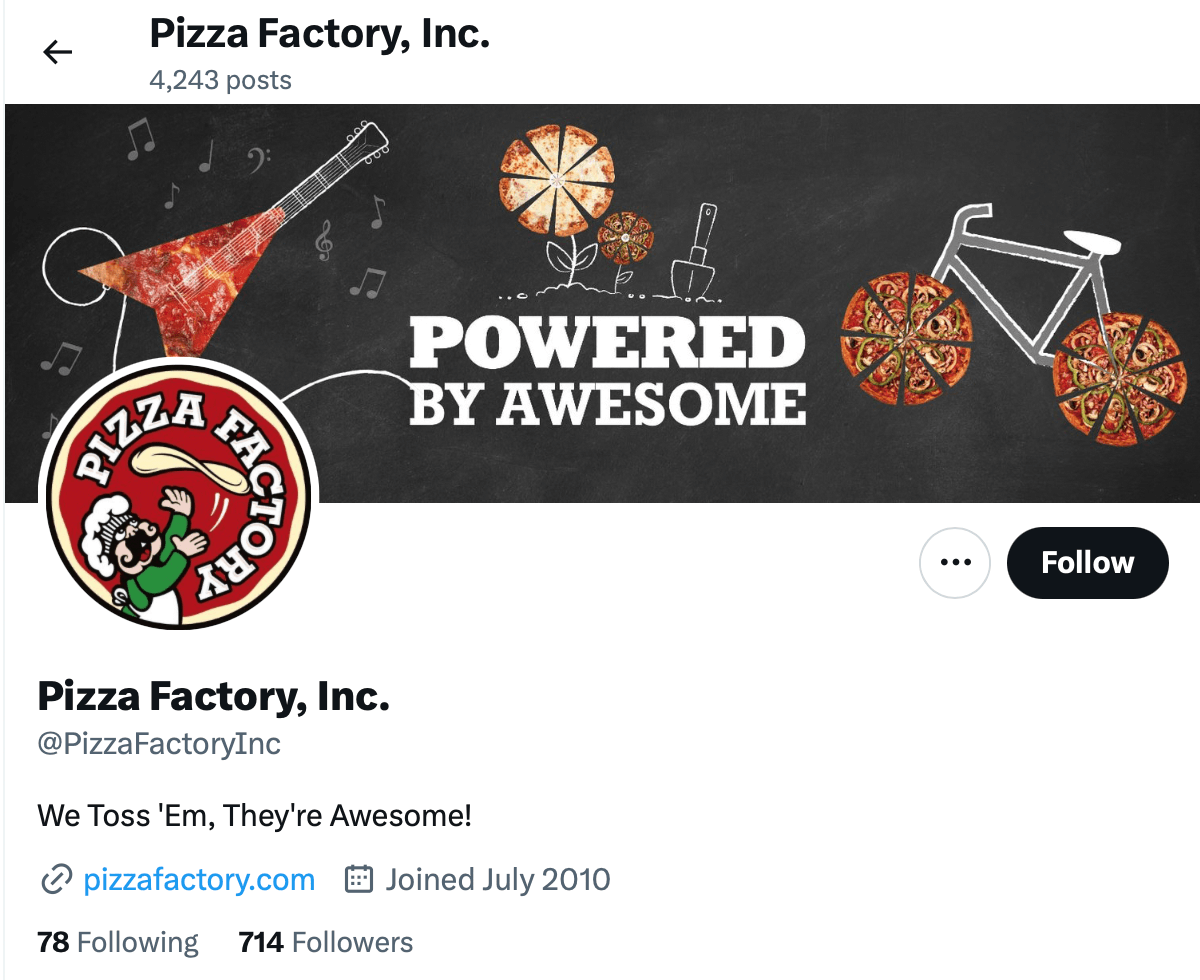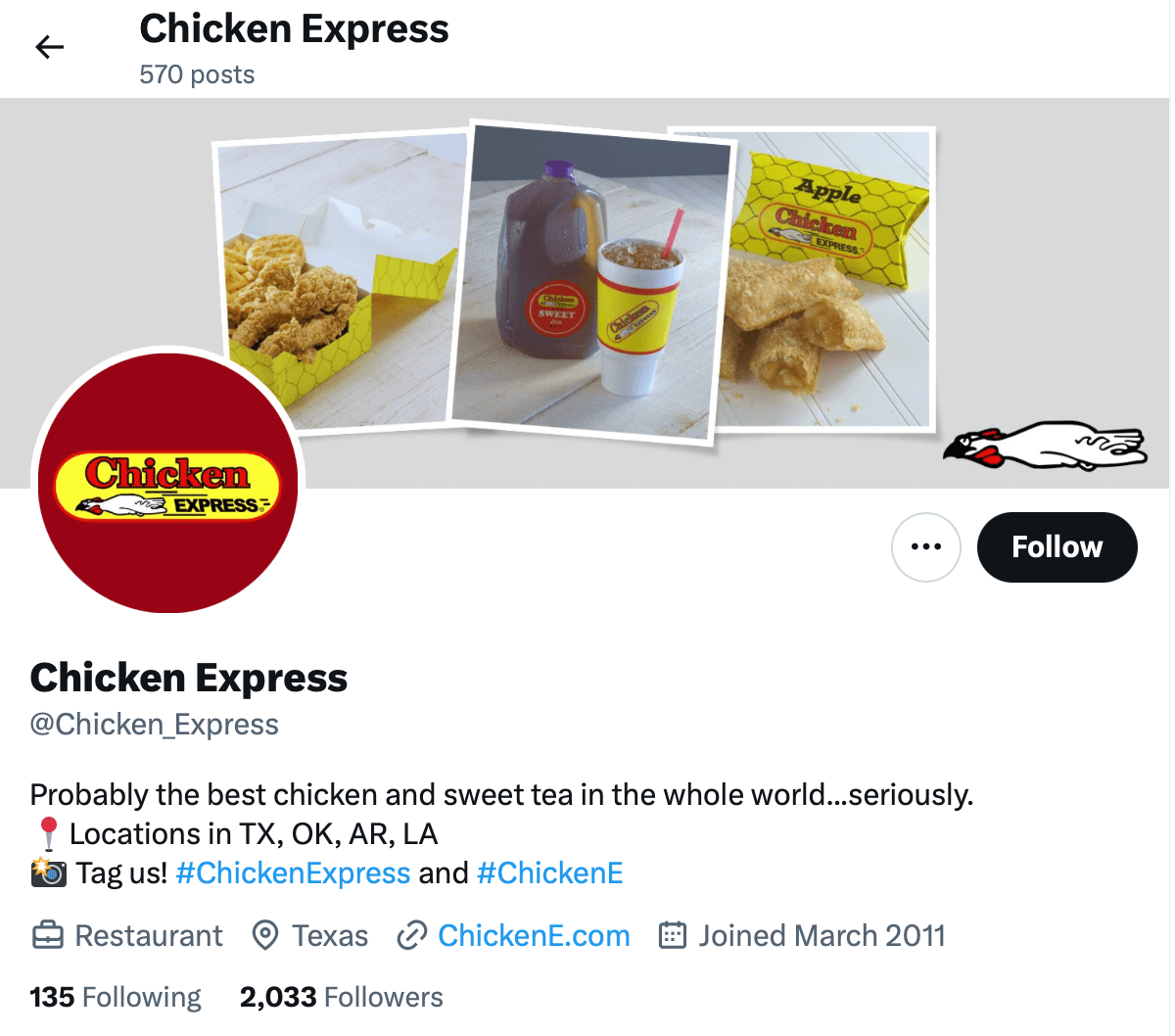Of all the decisions a food truck owner has to make in the startup phase of their business, the one that seems to cause the most unease food truck menu pricing. Menu pricing is a task that needs to be continually revisited to respond to changes in the industry, fluctuating market prices and the mood of your customers.
Setting your food truck menu pricing involves considering many factors, including the cost of food, cost of labor, what the competition is doing and what your target customers are willing to pay.
5 Things To Consider With Food Truck Menu Pricing
Food Costs
Food costs are one of the first considerations that go into your menu pricing. This is simply what it costs to procure the ingredients used in a dish. There is a reason why steak sandwiches and lobster rolls tend to cost considerably more on a menu than items like french fries or salads. The cost of purchasing these ingredients is much higher.
Buying very high quality, local, organic or sustainable ingredients can boost pricing as well. Break down the costs of the ingredients that go into each dish and use this as a base for setting your menu pricing. Keep in mind that there are more factors involved with pricing.
RELATED: Cut Your Food Truck’s Food Cost Without Sacrificing Quality
Other Costs
Other expenses that need to be calculated into your food truck’s pricing strategy include labor, rent, supplies and specialty equipment costs. If your dishes require a highly trained cooking staff with generous salaries, that will factor into your menu pricing. Quick heat and serve items that don’t have a substantial labor investment may be less.
Ultimately, the money brought in from your menu items will also pay for your fuel costs, staff, equipment and any marketing you use. Look at the big picture and adjust pricing as necessary to generate enough profit to cover your overhead.
RELATED: Controlling Food Truck Labor Costs Through Productivity
Market Changes
Food prices can fluctuate substantially. A natural disaster can drive up the cost of seafood. Poor growing seasons can affect the price of certain fruits and vegetables. As we see today, worldwide political issues can affect the price of fuel. Consider building some flexibility into your menu pricing to accommodate changes in the market.
High-end seafood can be priced on a day-by-day basis depending on what it cost to bring them in fresh that day. Take the time to add a note of explanation for your customers when you have to adjust menu pricing in reaction to market changes.
Customer Base
Know who your customers are. Consider the people you are targeting when setting menu pricing. This reflects the image of your food truck and can play a role in bringing back repeat customers. Customers want to feel like they are receiving good value for their money. Keep an eye on how pricing changes affect your customers. Surveys can be a good way to keep your finger on the pulse of your customers’ attitudes toward your business.
Competition
With the growth of the mobile food industry, food trucks are starting to find some stiff competition to attract the same customers. Do some reconnaissance work to see what your competition is charging for similar menu items. This does not mean just food trucks, check out the prices fast casual restaurants in your area to find how they are pricing their menus.
You do not always have to beat their prices, you can make up for pricing differences by offering better customer service or higher quality ingredients. Look for ways to set yourself apart from the competition. Pricing can be a big part of that strategy.
RELATED: Boosting Your Food Truck’s Menu Profitability
Ask Yourself These Questions
To assist you in making adjustments to your food truck menu pricing, you need to ask yourself these questions.
- What kind of menu item is it? (entree, dessert, side dish)
- What is the direct labor involved in its preparation?
- Is it a seasonal item with limited availability?
- What are competitors charging for similar menu items?
- What is your desired food cost percentage?
- How large is each portion size?
- What meal period are we pricing it for? (breakfast, lunch, dinner)
- Do you have sides served with it?
- What is the perishability of the product and its cost? (live lobster, fresh seafood)
- What is the status of your truck in the market? Is it one of the top food trucks in the market?
Many of these questions are subjective rather than objective, but just the same, they will affect the price you can charge on your menu. Customers will show up with reference prices that they expect to pay for certain items and will not think twice about paying $1.50 for an iced tea that has a cost of about a nickel, and complain if they feel that the price you are charging for a hamburger is perceived as too high.
The Bottom Line
Clearly, your customer does not weigh each of these individual factors when stepping up to your service window to order. But they do consider them intuitively.
Do you have any additional things to consider when dealing with food truck menu pricing? Share your thoughts in the comment section, our food truck forum or social media. Facebook | Twitter




